The Kothaligad Peth Fort tucked away in the serene landscapes of the Western Ghats, Kothaligad Peth Fort, also known as Peth Fort, is a hidden gem in Maharashtra that offers both historical significance and stunning natural beauty. Popular among trekking enthusiasts and history buffs, the fort is renowned for its strategic location and panoramic views. The fort derives its name from the Peth village at its base, and its cone-shaped pinnacle is an iconic sight. This comprehensive guide will cover everything from how to reach Kothaligad Peth Fort to the best time to visit, the fort’s history, and nearby attractions.
Kothaligad Peth Fort Location
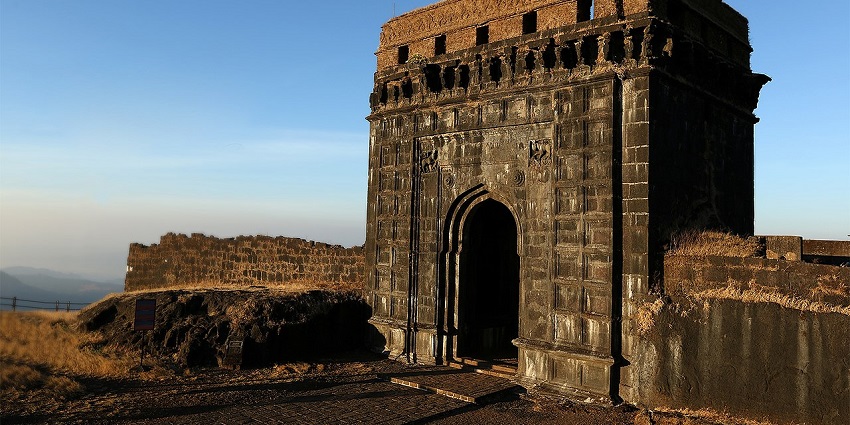
Photo: Nilamgandhre / Wikimedia Commons / Image For Representation Only
Kothaligad Peth Fort is located in the Karjat region of the Raigad district in Maharashtra. The fort is approximately 100 km from Mumbai and 120 km from Pune, making it an ideal weekend getaway for city dwellers. Surrounded by lush green valleys and hilly terrains, the fort stands at an elevation of about 3,100 feet, offering stunning views of the Sahyadri range.
Suggested Read: Places To Visit In Karjat
How To Reach Kothaligad Peth Fort
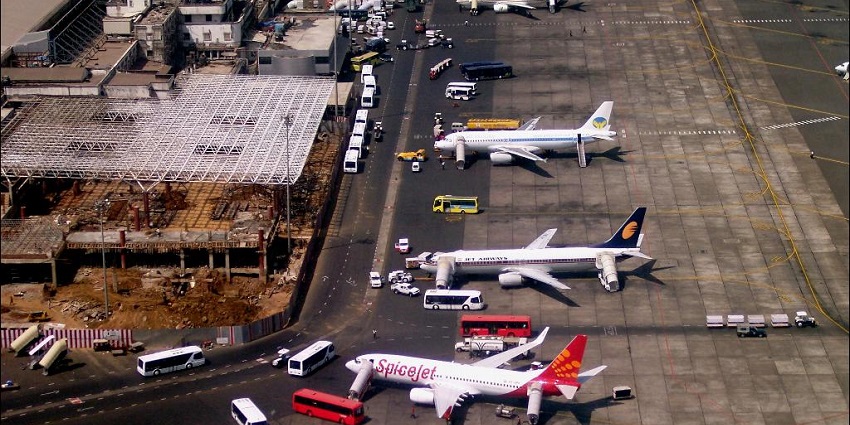
Photo: Shabbir “Leo” Ali / Wikimedia Commons / Image For Representation Only
The route to Kothaligad Peth Fort is straightforward with many travel options.
By Road:
Kothaligad Peth Fort is well connected by road. You can drive from Mumbai or Pune, with the drive taking approximately 2.53 hours. The fort is about 15 km from Karjat, the nearest town.
By Train:
The nearest railway station is Karjat, which is well-connected to Mumbai and Pune. From Karjat, you can take a shared cab or bus to Ambivali, the base village.
By Air:
The nearest airport is Chhatrapati Shivaji International Airport in Mumbai, around 100 km away. From the airport, you can hire a cab or take public transport to reach Karjat and further travel to Ambivali.
Places To Visit In And Around Kothaligad Peth Fort
The Kothaligad Peth fort itself is the main attraction. You can find various other attractions near the fort as well.
1. Bhairoba Cave
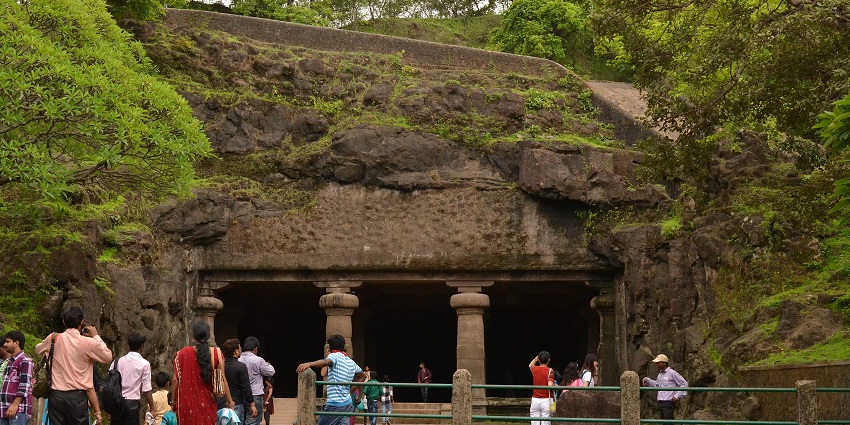
Photo: Sahil Ahuja / Wikimedia Commons / Image For Representation Only
Located close to the fort, Bhairoba Cave is a naturally formed cave that holds great religious significance. Inside the cave, you’ll find a small shrine dedicated to Lord Bhairav, a form of Lord Shiva who is worshipped by many locals. Though the cave is modest in size, it offers a unique, peaceful atmosphere, making it a popular stop for trekkers and spiritual visitors alike. For those trekking to the fort, Bhairoba Cave also serves as a perfect resting point before the final ascent. Its natural charm and historical significance make it a must-visit.
Best Time To Visit: October to March
Entry Fee: Free
Suggested Read: Pandav Leni Caves
2. Ambivali Village
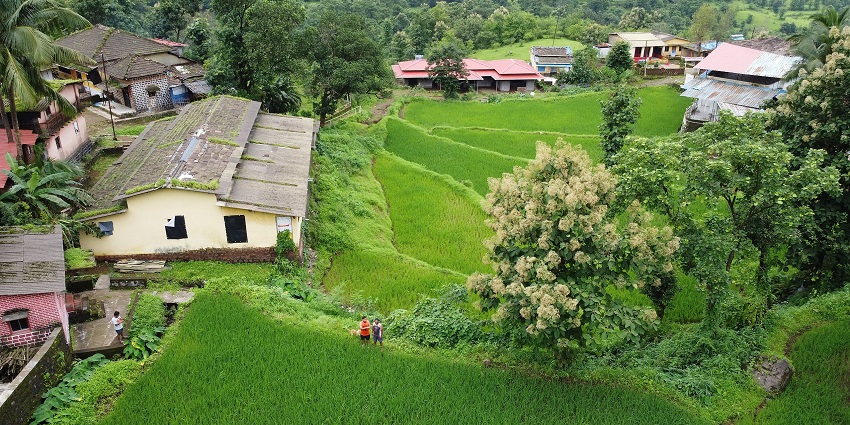
Photo: Nikhil More / Wikimedia Commons / Image For Representation Only
Nestled amidst lush greenery, Ambivali Village is the gateway to the trek for Kothaligad Peth Fort. The quaint village is known for its serene atmosphere, offering visitors a glimpse into rural life in Maharashtra. The trek starts from here, and the peaceful ambience, along with friendly locals, makes the experience even more enriching. The village is also a great place to enjoy a bit of respite before beginning the climb, with several spots to relax and take in the surrounding nature. Visitors often enjoy interacting with the villagers and learning more about their culture.
Best Time To Visit: Year Round
Entry Fee: Free
3. Kondana Caves
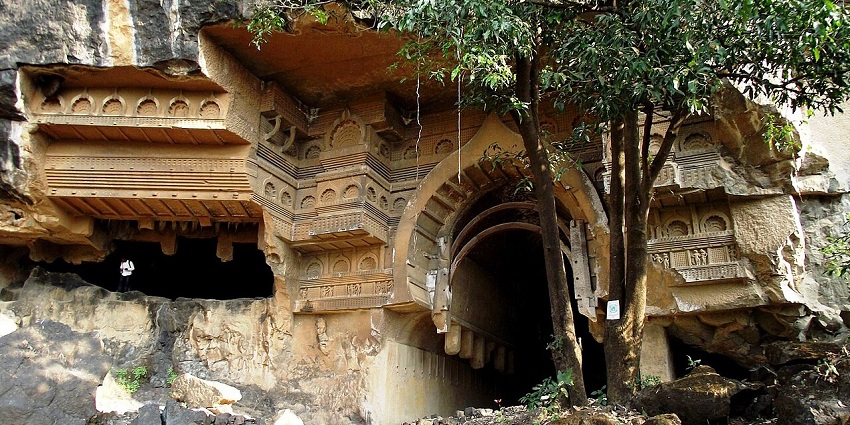
Photo: Bajirao / Wikimedia Commons
A short drive away from Karjat, the Kondana Caves are ancient rock-cut caves that date back to the Buddhist period, offering a fascinating glimpse into Maharashtra’s cultural history. These caves are known for their intricate carvings, ancient stupas, and stone structures that provide insight into early Buddhist art and architecture. The caves, set amidst a tranquil forest, offer a peaceful retreat and are an ideal stopover for history buffs and nature lovers alike. The scenic surroundings make the site perfect for hiking and photography.
Best Time To Visit: October to March
Entry Fee: Free
Suggested Read: Mandapeshwar Caves
4. Bhivpuri Waterfalls
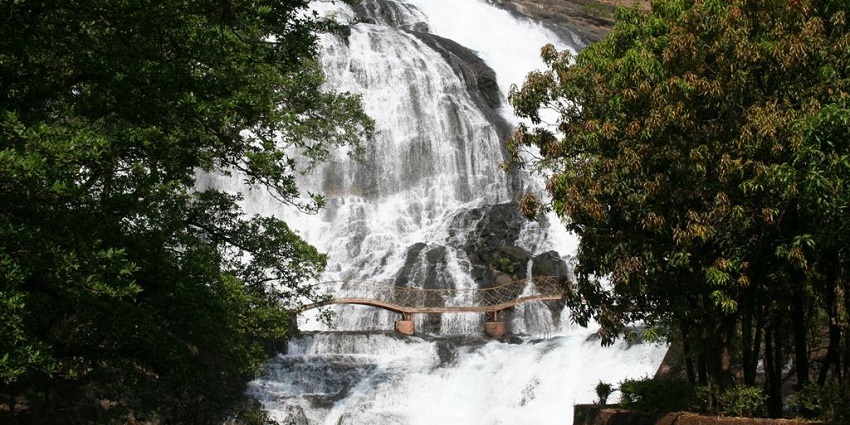
Photo: Bimalesh / Wikimedia Commons / Image For Representation Only
Located near Karjat, the Bhivpuri Waterfalls are a popular monsoon destination for nature lovers and adventure seekers. The waterfalls cascade beautifully down the cliffs, creating a picturesque spot that is perfect for picnics or a relaxing day amidst nature. During the rainy season, the waterfall is at its most majestic, surrounded by lush greenery and mist. Visitors can swim in the natural pools or simply enjoy the peaceful environment. Bhivpuri Waterfalls is a great place for a quick stopover on your way to or from Kothaligad Peth Fort.
Best Time To Visit: July to September
Entry Fee: Free
5. Panorama Point (Matheran)
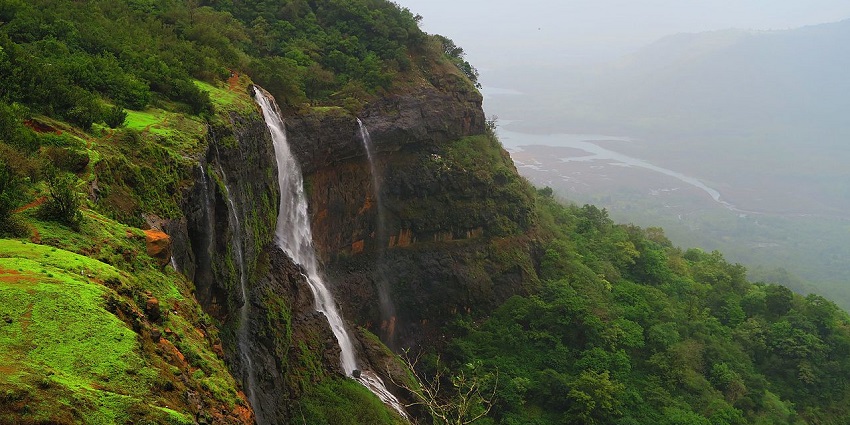
Photo: Travel Miles With Smiles / Wikimedia Commons / Image For Representation Only
If you’re looking to extend your trip beyond Kothaligad Peth Fort, a visit to Panorama Point in Matheran is highly recommended. Located around 30 km from Karjat, this scenic spot offers breathtaking views of the surrounding valleys and is famous for its sunrise and sunset points. It’s a paradise for nature lovers and photographers alike. The point is accessible via a short trek and offers an exhilarating experience as visitors are rewarded with panoramic views. It’s an ideal destination for those looking to explore the beauty of the Western Ghats.
Best Time To Visit: November to February
Entry Fee: INR 50 per person / USD 0.60
Suggested Read: Places To Visit In Matheran For An Idyllic Retreat In Maharashtra
Where To Stay
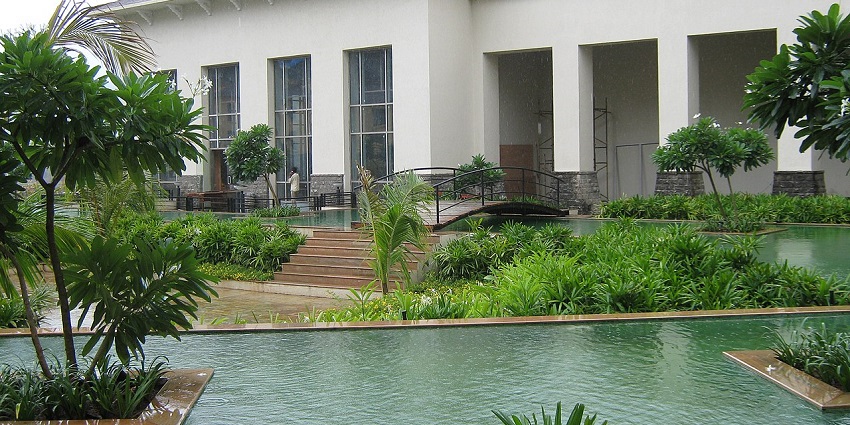
Photo: Ankur P / Wikimedia Commons / Image For Representation Only
Since there are no accommodations at Kothaligad Peth Fort, your best bet is to stay in Karjat, which has several options ranging from budget homestays to more comfortable hotels. You can also find a few guesthouses in nearby villages like Ambivali for a more rustic experience.
Where To Eat
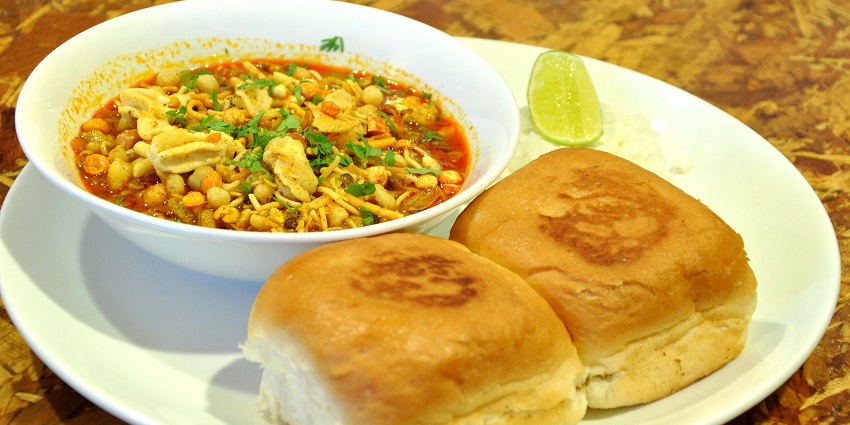
Photo: Dheerajk88 / Wikimedia Commons / Image For Representation Only
There are no restaurants or eateries near Kothaligad Peth Fort, so it’s recommended to carry your own snacks and water. However, Karjat has several local restaurants offering traditional Maharashtrian food. You can enjoy dishes like Vada Pav, Misal, and Pithla Bhakri in Karjat’s local eateries.
Suggested Read: Best Food In Shirdi
Best Time To Visit Kothaligad Peth Fort
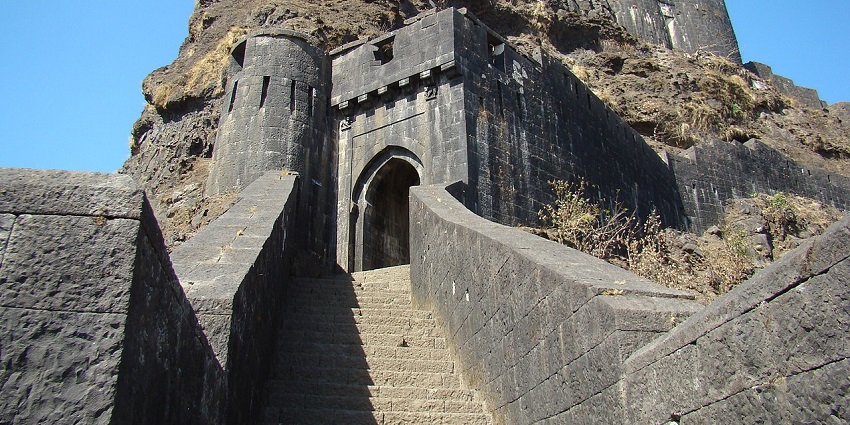
Photo: Varun Patil / Wikimedia Commons / Image For Representation Only
The ideal time to visit Kothaligad Peth Fort Maharashtra is from October to February, when the weather is pleasant, making trekking easier and more enjoyable. The monsoon season, from July to September, also offers a scenic trek with lush greenery and cool breezes, though the trails can get slippery.
Other Things To Consider
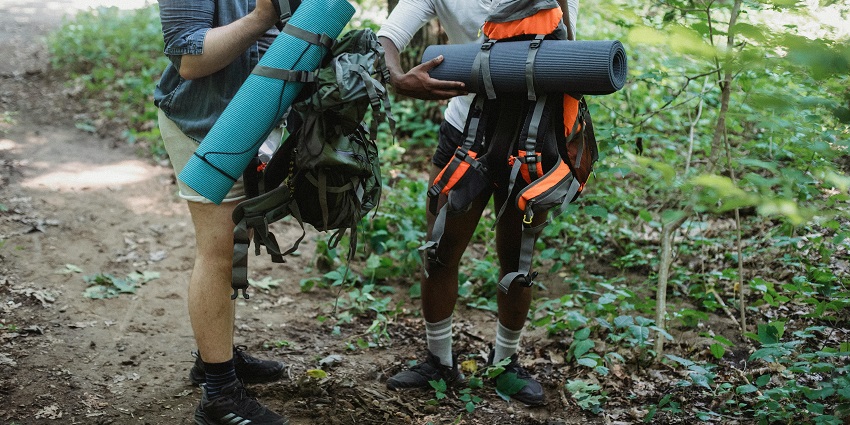
Photo: Kamaji Ogino / Pexels / Image For Representation Only
- Trekking Essentials: The trek to Kothaligad Peth Fort is moderately difficult, so wearing good trekking shoes is essential. Carry plenty of water, as there are no sources of drinking water along the trail.
- Photography: Don’t forget to bring a camera to capture some amazing Kothaligad Peth Fort pictures. The fort’s surroundings provide beautiful backdrops, especially at sunrise or sunset.
- Timings: While there are no fixed Kothaligad Peth Fort timings, it’s advisable to start your trek early in the morning to avoid the afternoon heat. Most visitors complete their trek and exploration within 56 hours.
- Local Guides: If you want to learn about the fort’s history in detail, local guides are available at the base village, Ambivali, for a nominal fee.
- Entry Fees: The fort charges a minimal entry fee of INR 50 per person, which translates to approximately USD 0.60.
Suggested Read: Top Places Near Maharashtra For Weekend For A Serene Getaway
Kothaligad Peth Fort is a perfect getaway for those looking to combine adventure, history, and nature. The fort’s rich history, panoramic views, and the surrounding natural beauty make it a memorable destination. Whether you’re trekking for the thrill, exploring its caves, or capturing breathtaking views, Kothaligad Peth Fort Maharashtra offers something for everyone. So pack your bags, lace up your trekking shoes, and get ready to explore this hidden gem in the heart of Maharashtra. So plan your trip to Kothaligad Peth Fort with TripXL.
Cover Photo: Jakub Hałun / Wikimedia Commons / Image For Representation Only


 WhatsApp
WhatsApp
 Twitter
Twitter









